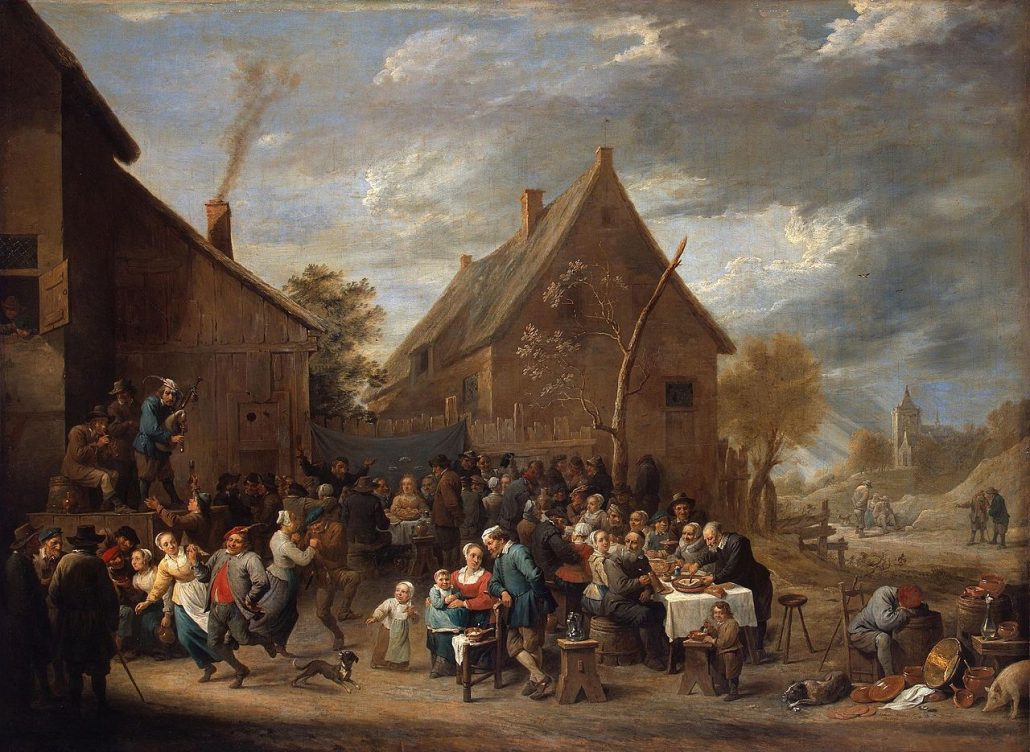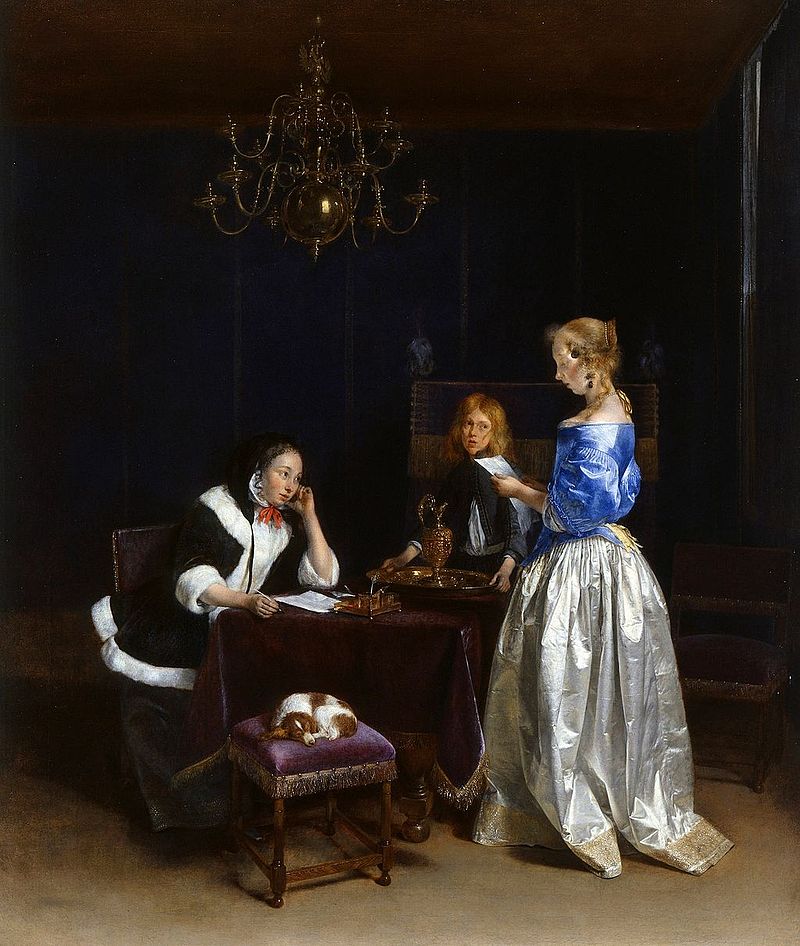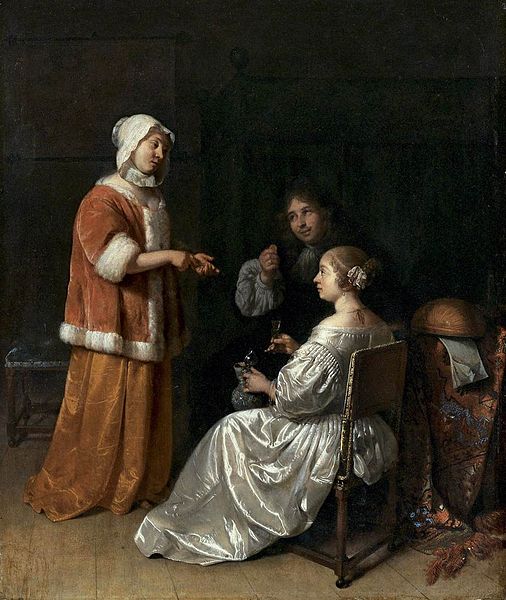Expertise of painting: how it was in the 18th century

For a long time, the study of the artist’s work was replaced by his biography. Of course, modern art historians use facts from the Lives of Giorgio Vasari and the Book of Artists by Karel van Maneder. Meanwhile, to understand the essence of the artistic heritage, it is necessary to understand the differences in the artistic manners of painters, which first appeared at this time. In the 18th century, during the Age of Enlightenment, the place of the artist-expert of painting was taken by a connoisseur, who could be an amateur connoisseur-researcher, collector, or curator of an art gallery. The first large-scale painting galleries appeared in the 17th century; their custodians could be artists; however, in the 18th century, specialization of labor developed in the art market. Gradually, the formation of an examination of painting takes place.
A native of Flanders, J. B. Dean published a four-volume work, “Lives of Flemish, German and Dutch Artists” from 1753 to 1764. The researcher studied archives, corresponded with experts and artists, traveled around the Netherlands, and compared the manners of various artists. In “Biographies,” the Dean dwells in detail on listing the various subjects of the artists’ paintings, on their favorite motifs (he notes Terborch’s passion for depicting white satin), and gives a comparative analysis of the features of the paintings of two similar masters. He compares the features of the painting style of David Teniers the Younger and Adrian van Ostade: “Adrian van Ostade depicted only base subjects; he had almost the same ideas as Teniers, but it is clear that they lived in different countries, since the clothes are not very similar. Ostade painted according to his own taste - he copied nature in such a way that he almost always made it uglier. But in all his grotesque figures there is such subtlety and truth that you forget that his subjects are repulsive, since you admire his genius. When he depicts the interiors of houses, he shows different rooms, he brings you to all the figures: it seems that some of his paintings are painted in enamel: everything is clear, everything is warm and detailed, often with better coloring than Teniers: they are stronger and more finished . Teniers grouped figures better, he knew how to arrange plans better than Ostade. Indeed, this latter sometimes chose a point of view so high that the space seems strange and would be funny if he did not know how to fill the void with details that from time to time interrupt more space.”
In the 1675th century, the German Jacob Volkmann reworked the scholarly work on Dutch artists “The German Academy” by Joachim Sandrart, which first saw the light in XNUMX. Volkmann enhances the individual characteristics of the artists’ painting style; the German researcher testifies to the following about David Teniers the Younger: “He had a way of applying paint in a particularly thick layer, and he did not always smooth out the tonal transitions sufficiently... In his works one can feel a masterful, confident hand... They [the paintings] represent mainly village amusements, drinking or smoking companies, alchemists and temptations Saint Anthony. The figures are funny or, if not always noble, then characteristic. The landscapes perfectly capture the air and soft foliage of the trees.”

From 1745 to 1752, the French artist Desalliers d'Argenville, in “Brief Lives of the Most Famous Artists... with Some Discussions about Their Character and the Manner of Recognizing Their Drawings,” first raised the question of the relationship between copy and original, copy and author’s repetition, copy and “plagiarism.” "(compositions based on other paintings). In addition to the problems of copyability, d'Argenville pays a lot of attention to the analysis of the pictorial features of certain masters: “In some paintings the brushstroke is fluid and soft, in others it is sharp and dry... The color can be green, like Paul Briel and Fouquier, blue, like Bruegel, van der Meer and Saverey; some have a violet tint, like La Fosse and Corneille, others have a gray tint, like Vouet and Teniers, or, finally, black, like Caracci, Caravaggio, Manfredi, Valentin, Bassano, Mola and others.” D'Argenville provides a list of artists whose works are easily confused with each other. For example, Isaac van Ostade can easily be mistaken for Adrian van Ostade, Newland and Matheus Briel for Paul Briel, Terborch for Netscher, David Reikert for David Teniers the Younger, etc.
The contribution of the 18th century to the history of art and the examination of painting is completed by the publication of François Xavier de Burtin, “Theoretical and practical treatise on the knowledge that is necessary for lovers of paintings.” The Belgian collector Burten collected Flemish and Dutch masters. Burten considers the question of how to distinguish an original from a copy, how to analyze and describe paintings, characterizes eight schools of painting, talks about individual painting genres, artist signatures, restoration and conservation (clearing, duplicating, varnishes) of painting. Burten notes which artists constantly signed their paintings, and which rarely, some with a full signature, some with initials, or a monogram, or an ideographic design. The book summarized the entire experience of “art criticism” of the 18th century.
In the 19th century, the examination of painting will clarify the attributional developments of the previous century, and a discussion will emerge about the exact stylistic characteristics of artists and the role of intuition in the attribution of painting. In the 20th century, “exact” sciences will come to the aid of art experts: chemical analysis of the paint layer, X-rays, IR and UV radiation spectrum will appear in their arsenal. In the 20th century, high technologies appeared in the examination of painting.






